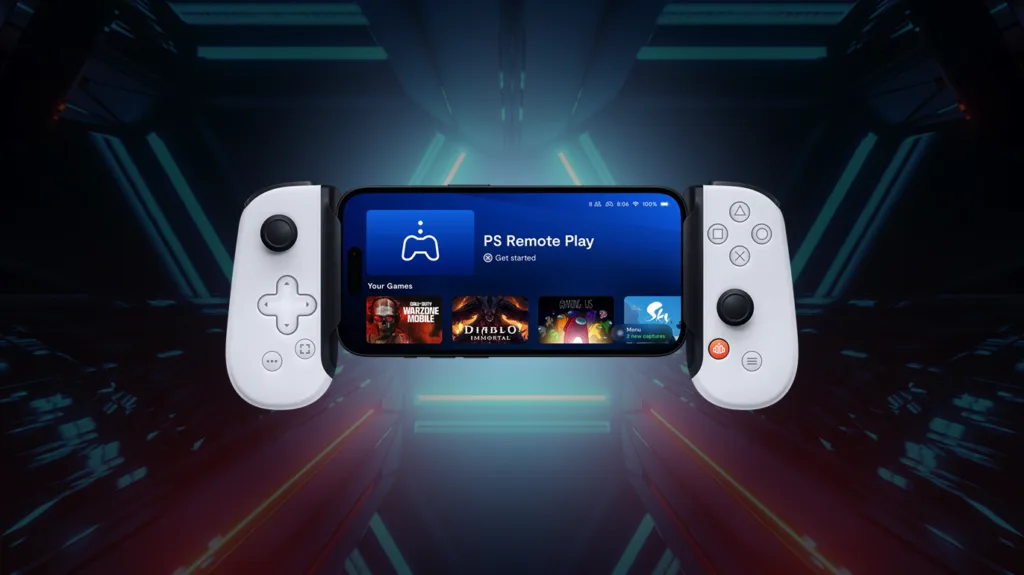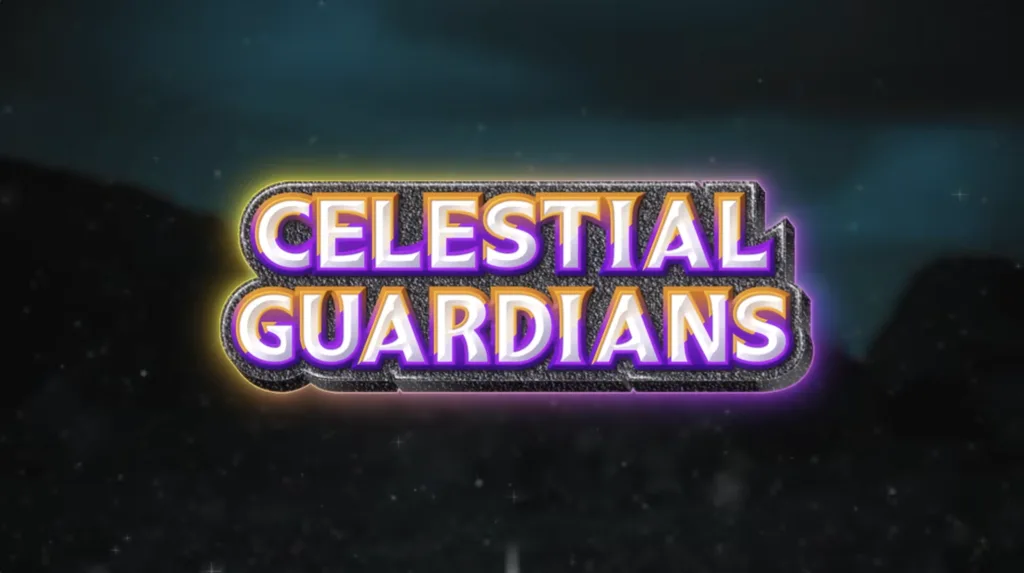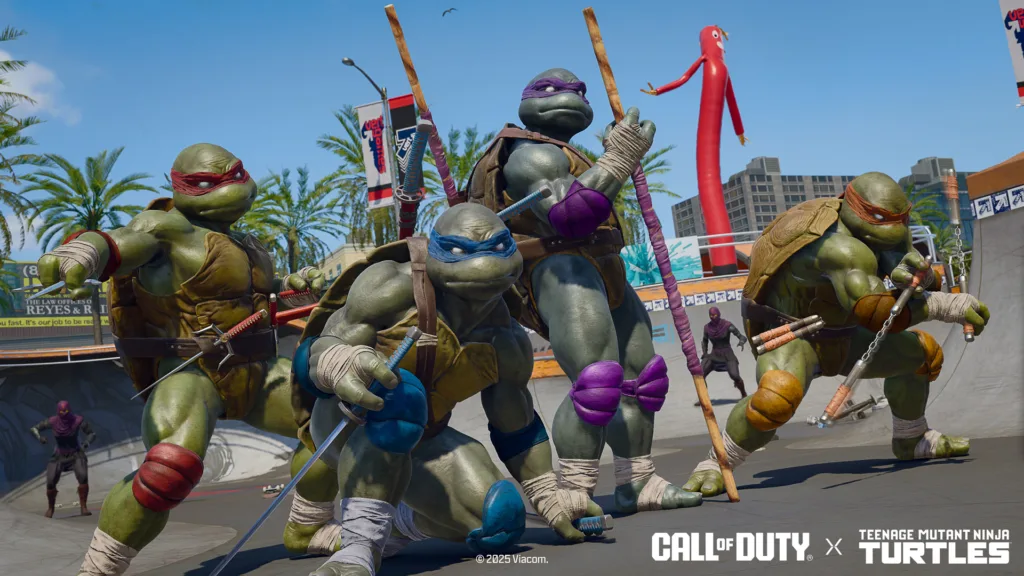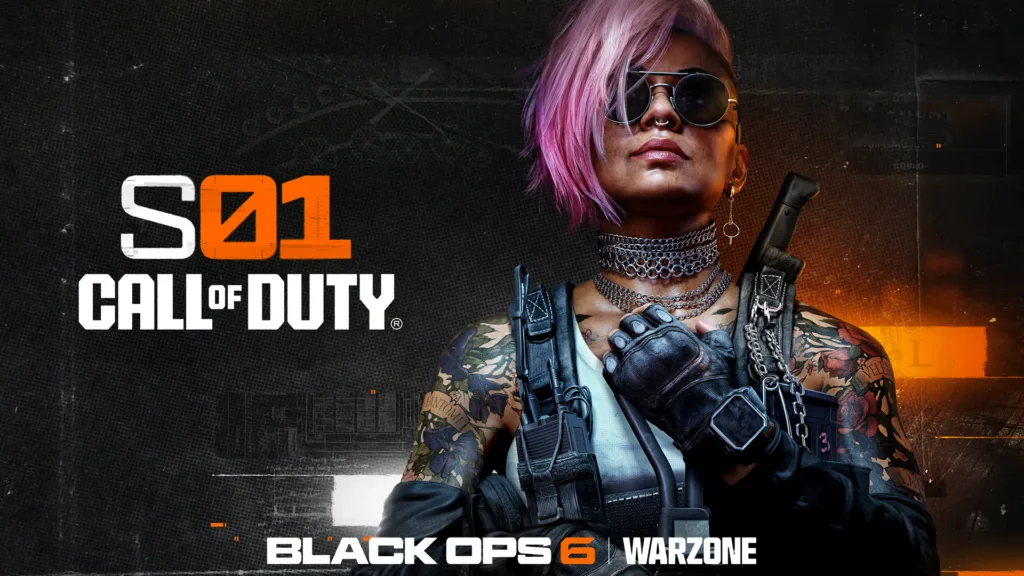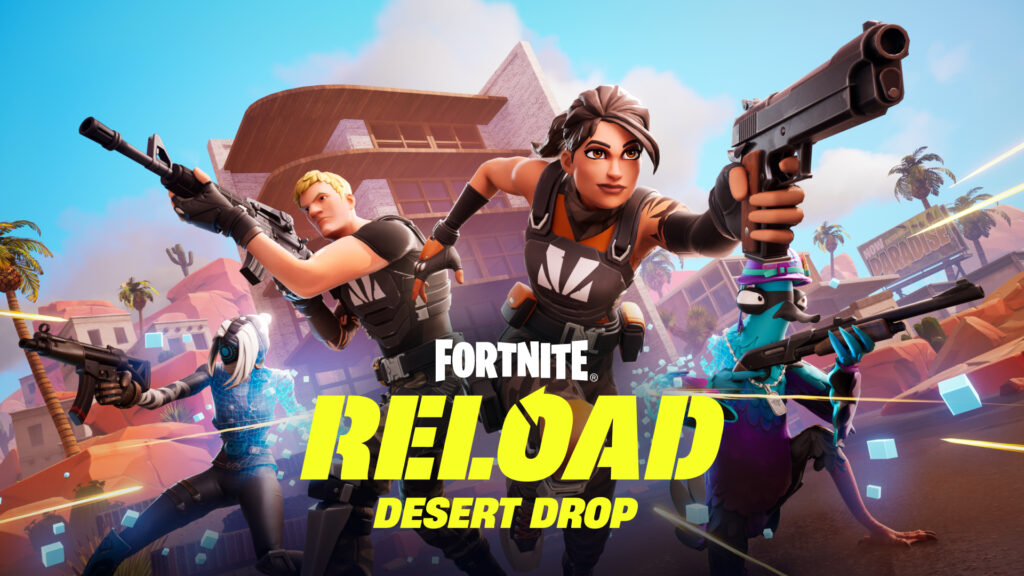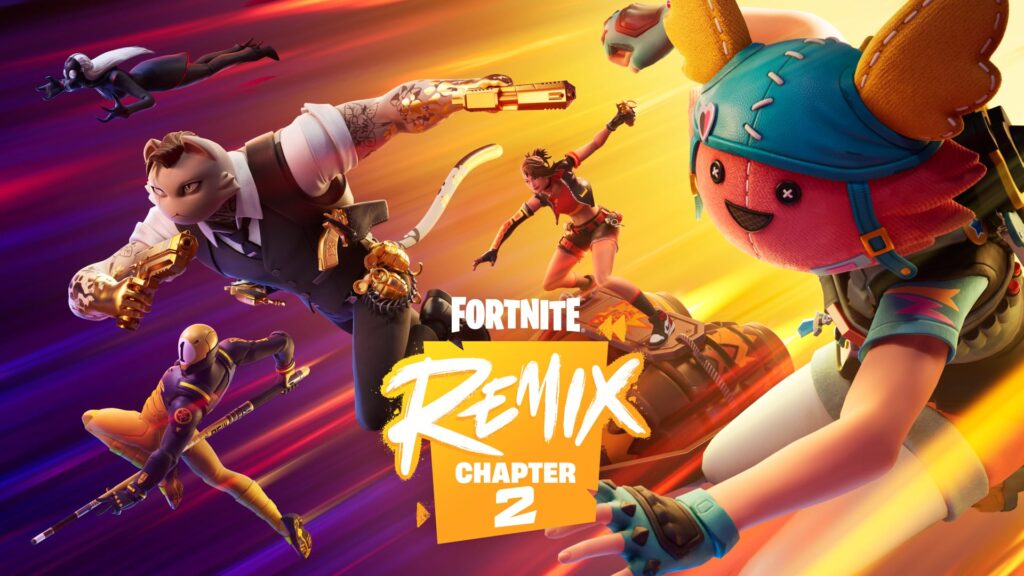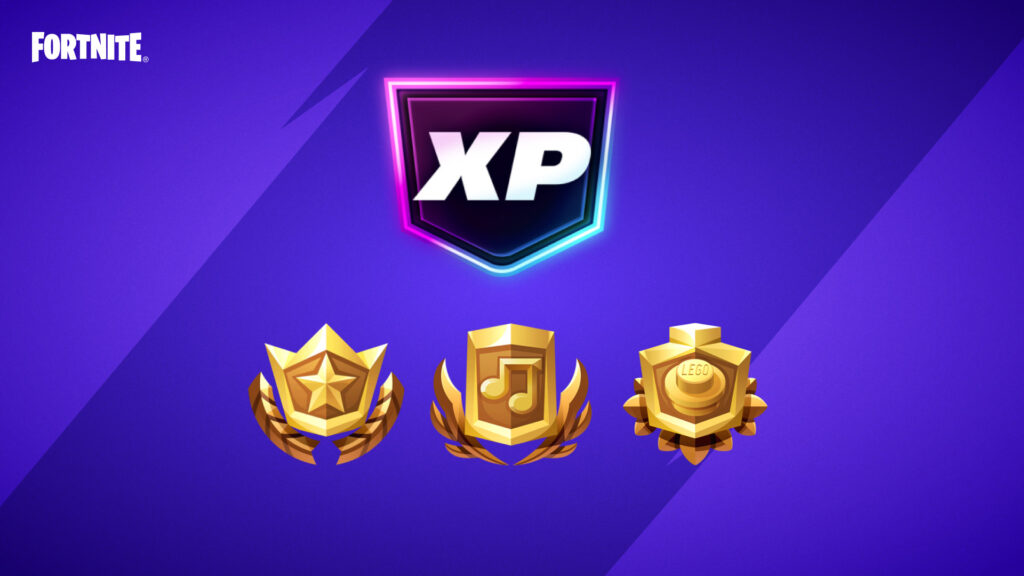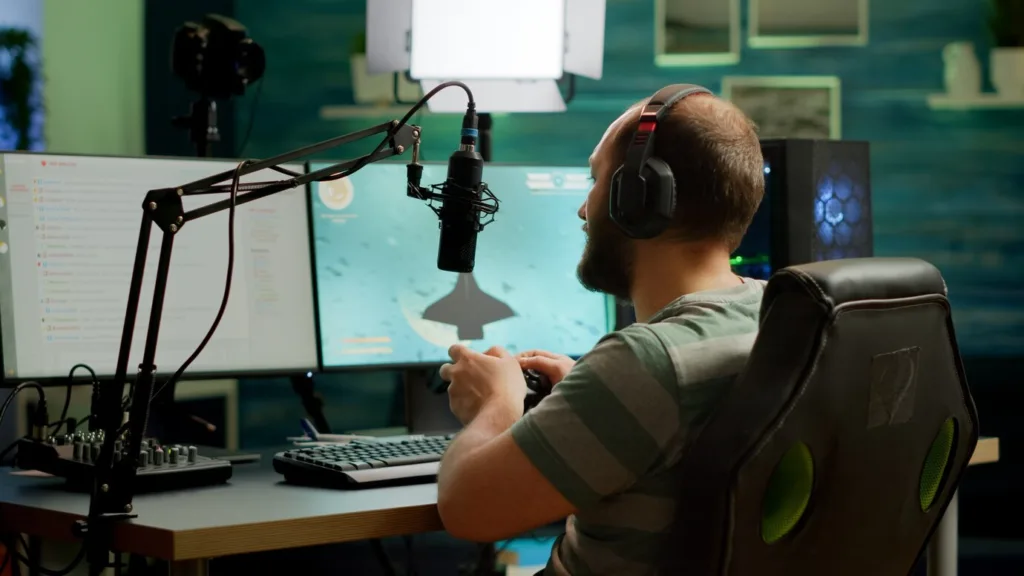
In today’s hyper-connected digital world, streamers hold enormous sway over gaming culture. Platforms like Twitch, YouTube, and Kick have transformed passionate players into global influencers, capable of shaping game trends, popularising titles, and sometimes even impacting how games are developed and marketed. But with this rise in popularity comes a growing concern: are streamers actually ruining the gaming industry?
This debate has picked up momentum in recent years, as players, developers, and critics alike begin to examine the impact streaming culture has on creativity, community, and game longevity.
The Rise of the Streamer Economy
The success of games like Fortnite, Call of Duty, and Among Us has been partially driven by influential streamers. When a big-name personality plays a game, it can reach millions of viewers almost instantly. This visibility often results in a massive spike in downloads and sales — sometimes even breathing life into older or niche titles.
From a marketing standpoint, streamers have become an invaluable tool. They offer publishers real-time exposure, gameplay showcases, and access to dedicated fanbases. It’s no surprise then that game companies now regularly send exclusive content, early access, and sponsorship deals to major streamers. But this shift in priorities is where the cracks start to show.
Are Developers Listening to Streamers More Than the Gaming Community?
In the past, game developers relied on feedback from their general player base: forums, Reddit threads, bug reports, and community surveys. However, as streamers become louder voices in the room, developers are increasingly pivoting their decisions based on streamer feedback — which may not always reflect what the average gamer wants.
Example 1: Gameplay Balance
Streamers typically play games for several hours a day and seek competitive edges for content. When they complain about mechanics being “broken” or “OP” (overpowered), developers often rush to adjust these features. While this helps streamers maintain entertaining, skill-based gameplay, it can make games more punishing or less accessible for casual players.
Example 2: Updates and Game Modes
Game modes that work well for streamers — like fast-paced battle royales or chaos-driven events — are sometimes prioritised over deeper, story-driven content. This can lead to games feeling hollow or repetitive to non-streaming players who want rich narratives or long-term engagement.
Community Feedback Overlooked
Many long-time gamers have noticed that despite community requests for bug fixes or gameplay polish, some developers spend more time adding flashy cosmetics or “streamer bait” features. These additions are designed to generate moments that go viral — often at the expense of quality-of-life improvements or addressing long-standing community issues.
The Double-Edged Sword of Popularity
Streamers undeniably help games gain traction quickly. Titles like Fall Guys and Valheim exploded due to viral streams. But this rapid growth can be a double-edged sword.
Games that go viral too fast often aren’t built for sustained popularity. Developers may scramble to release content updates to meet new demand, which can lead to rushed patches, server overloads, or burnout within the dev team. Moreover, once streamers move on — which they often do — the player base can collapse just as quickly as it grew.
This “hype and drop” cycle can be brutal for indie developers who suddenly find themselves trying to scale a game that wasn’t designed for millions of concurrent players.
Are Streamers Promoting a Toxic Meta?
Another concern is that some streamers unintentionally promote toxic or exclusionary behaviour. Competitive games like League of Legends, Apex Legends, or Escape from Tarkov have developed metas largely shaped by streaming culture. New players are often expected to follow rigid builds or strategies showcased by top streamers, leaving little room for creativity.
In some communities, players who don’t follow “the meta” are harassed or labelled as “noobs.” This pressure to conform can sap the fun out of gaming — especially for casual players who just want to enjoy the game their way.
Streamers also occasionally glorify toxic behaviour — whether it’s trash talk, rage quitting, or exploiting bugs — and their audiences sometimes mimic these actions. While many content creators promote positivity and inclusivity, the sheer influence of a few negative personalities can be damaging.
Developers and Streamers: A Symbiotic Relationship?
It’s important to recognise that the relationship between streamers and developers isn’t inherently negative. When done right, collaboration can benefit everyone involved.
Streamers get content and exposure.
Developers get free marketing and playtesting.
Gamers discover new titles and get to watch games before they buy.
Some developers, like those behind Dead by Daylight or Sea of Thieves, actively work with both streamers and the wider community, balancing feedback from both sides. These studios often run Public Test Builds (PTBs), conduct surveys, and engage with fans on forums — showing that it’s possible to leverage streamer power without neglecting loyal players.
Are Streamers Actually Helping Innovate the Industry?
To play devil’s advocate: streamers have also driven innovation in gaming. Many content creators push the boundaries of what games can be by inventing new challenges, speedrun tactics, or modded experiences that attract huge attention.
Some streamers have even become co-creators, partnering with studios to design in-game content or promote underrepresented indie titles. In this way, streamers act as trendsetters and taste-makers, helping new ideas surface in a crowded marketplace.
Games like Lethal Company and Phasmophobia grew from obscurity to overnight success thanks to passionate streamers who saw potential where others didn’t.
Conclusion: Who’s Really to Blame?
So, are streamers ruining the gaming industry? The answer isn’t black and white.
Streamers have undoubtedly changed how games are played, marketed, and developed. Their influence is powerful and, at times, problematic. But they are just one piece of a much larger puzzle. It’s up to developers to find a healthy balance — listening to streamers without ignoring the silent majority of players who aren’t chasing clout or subscribers.
Gamers, too, must critically evaluate what they consume. Supporting streamers who promote healthy communities and diverse gameplay can go a long way toward building a better gaming ecosystem.


